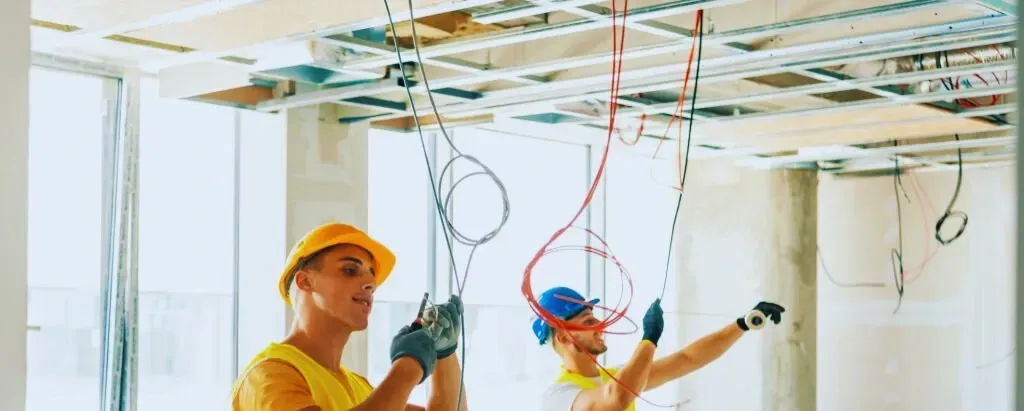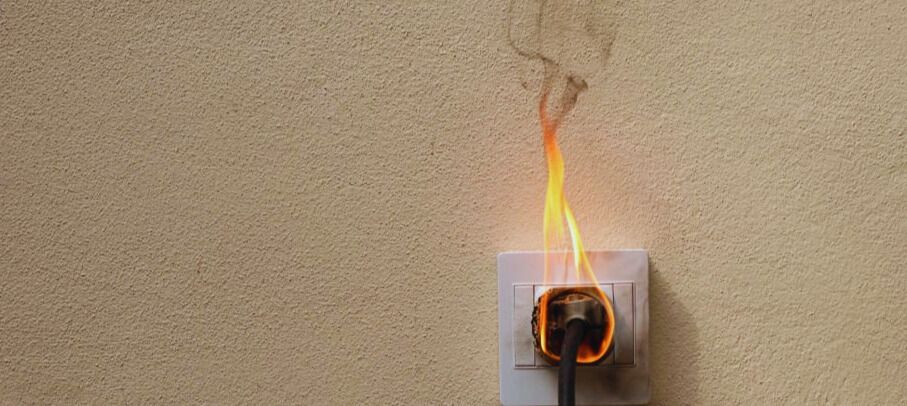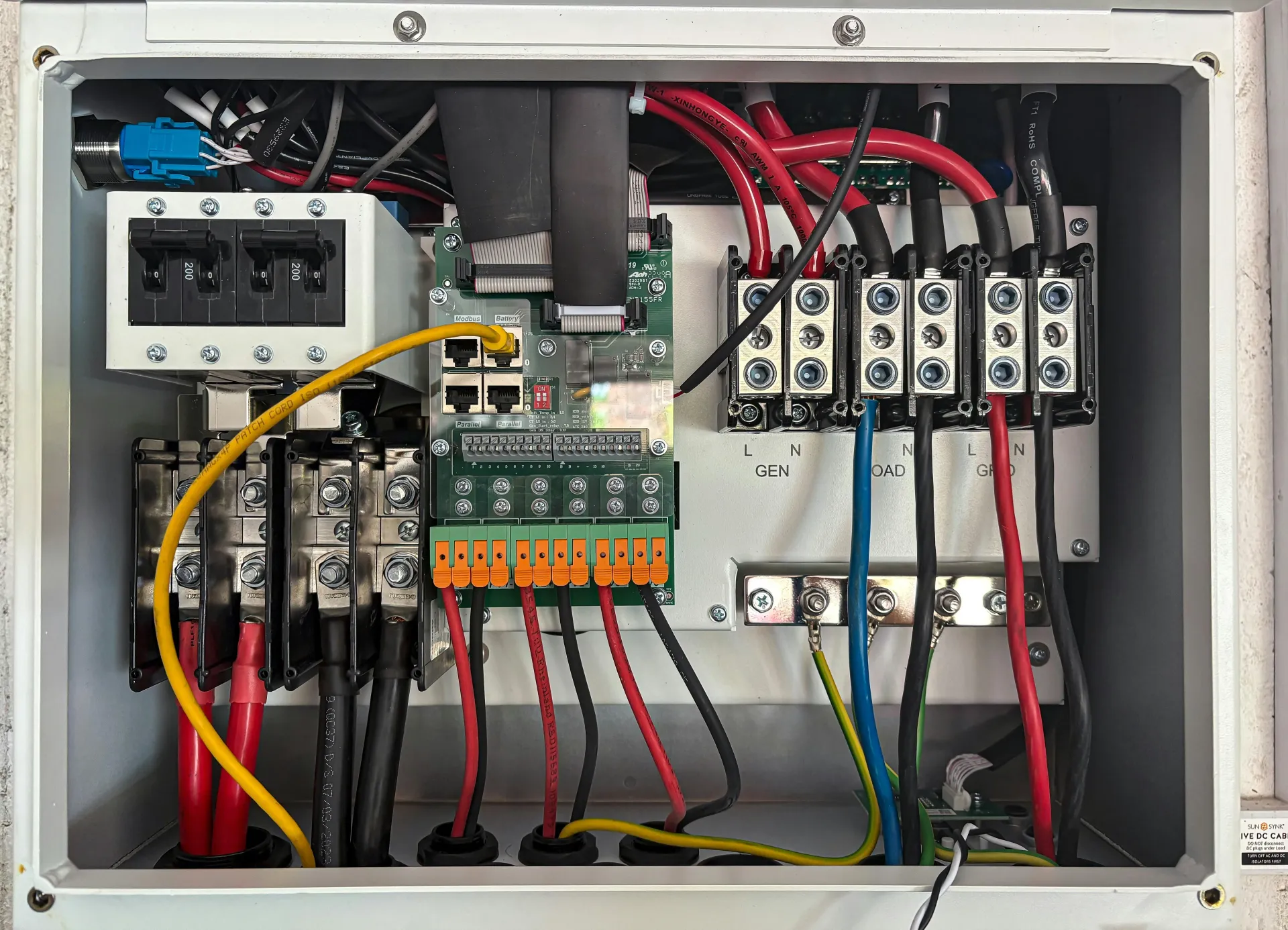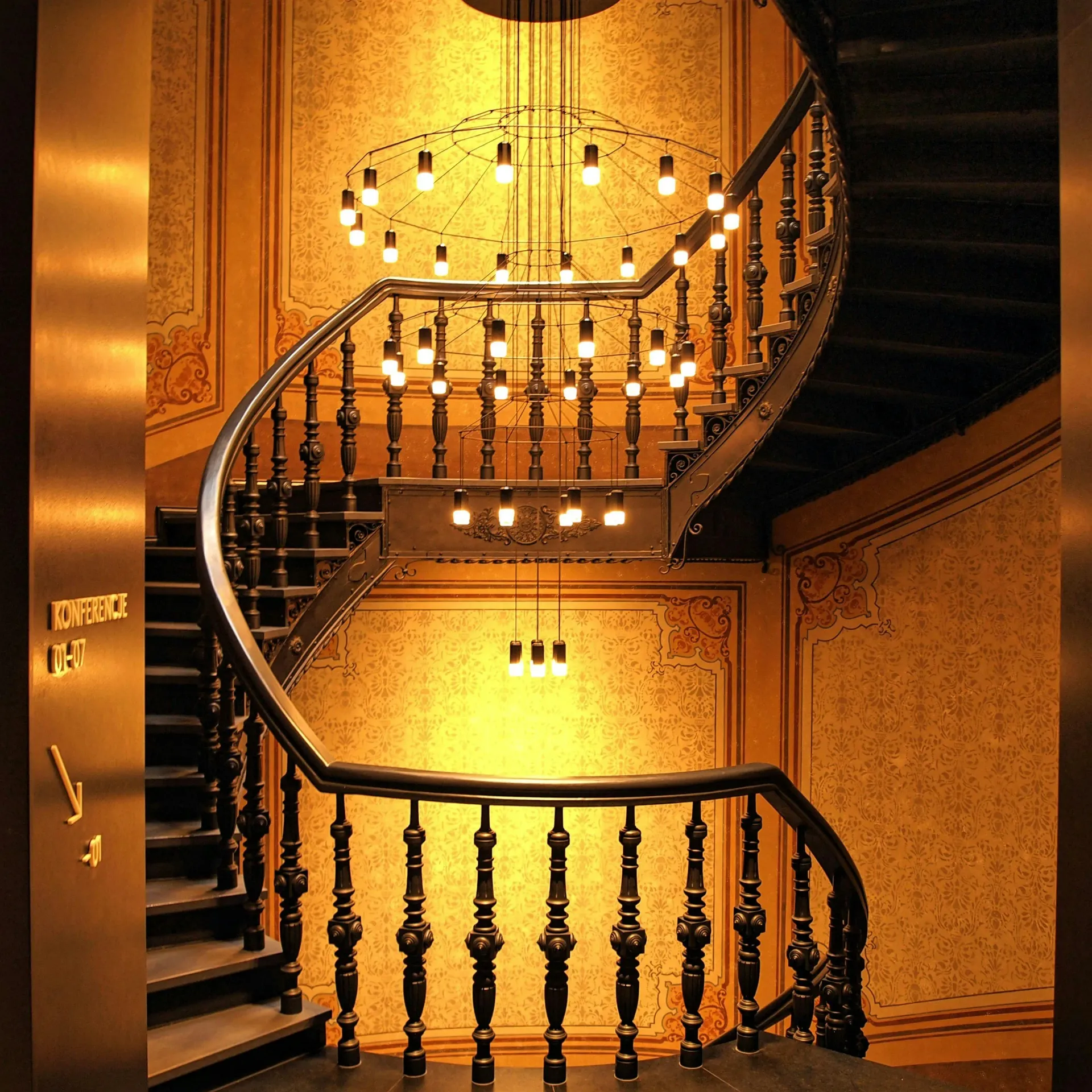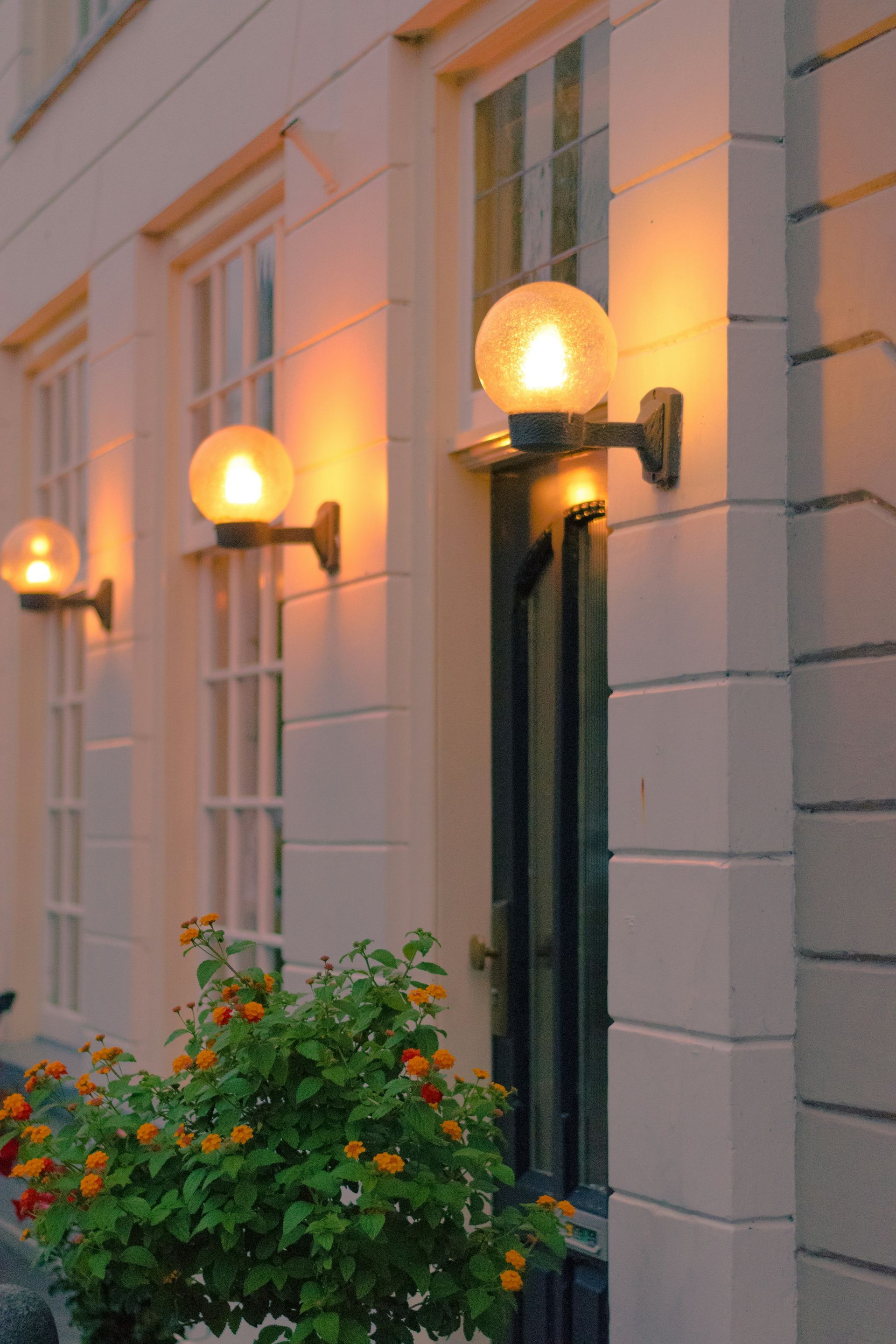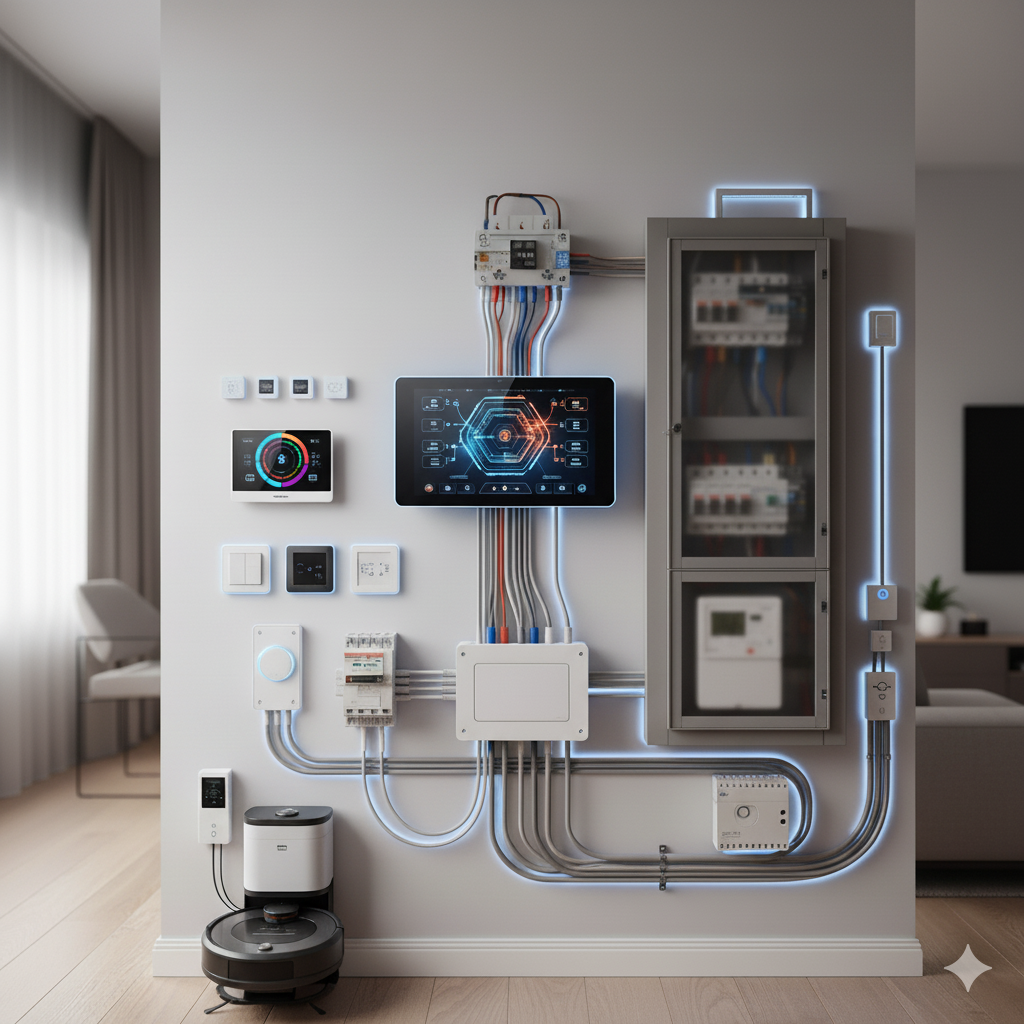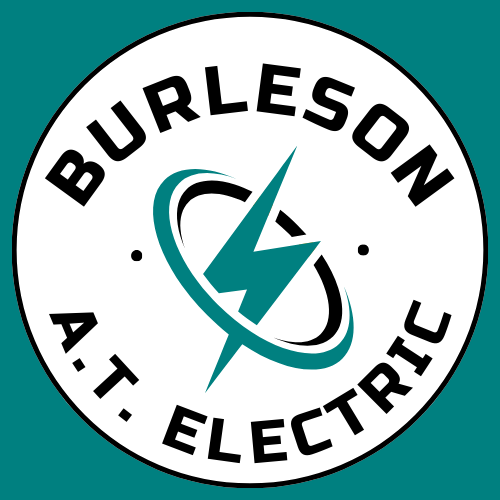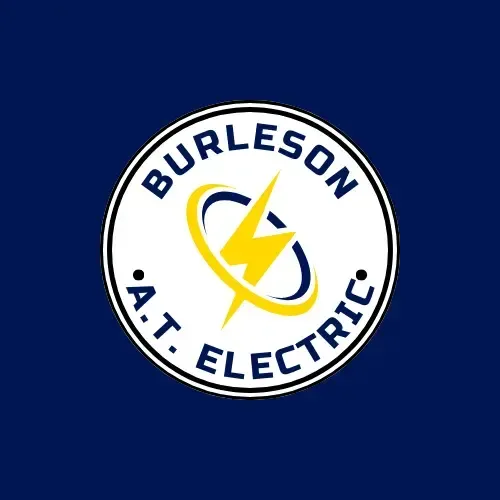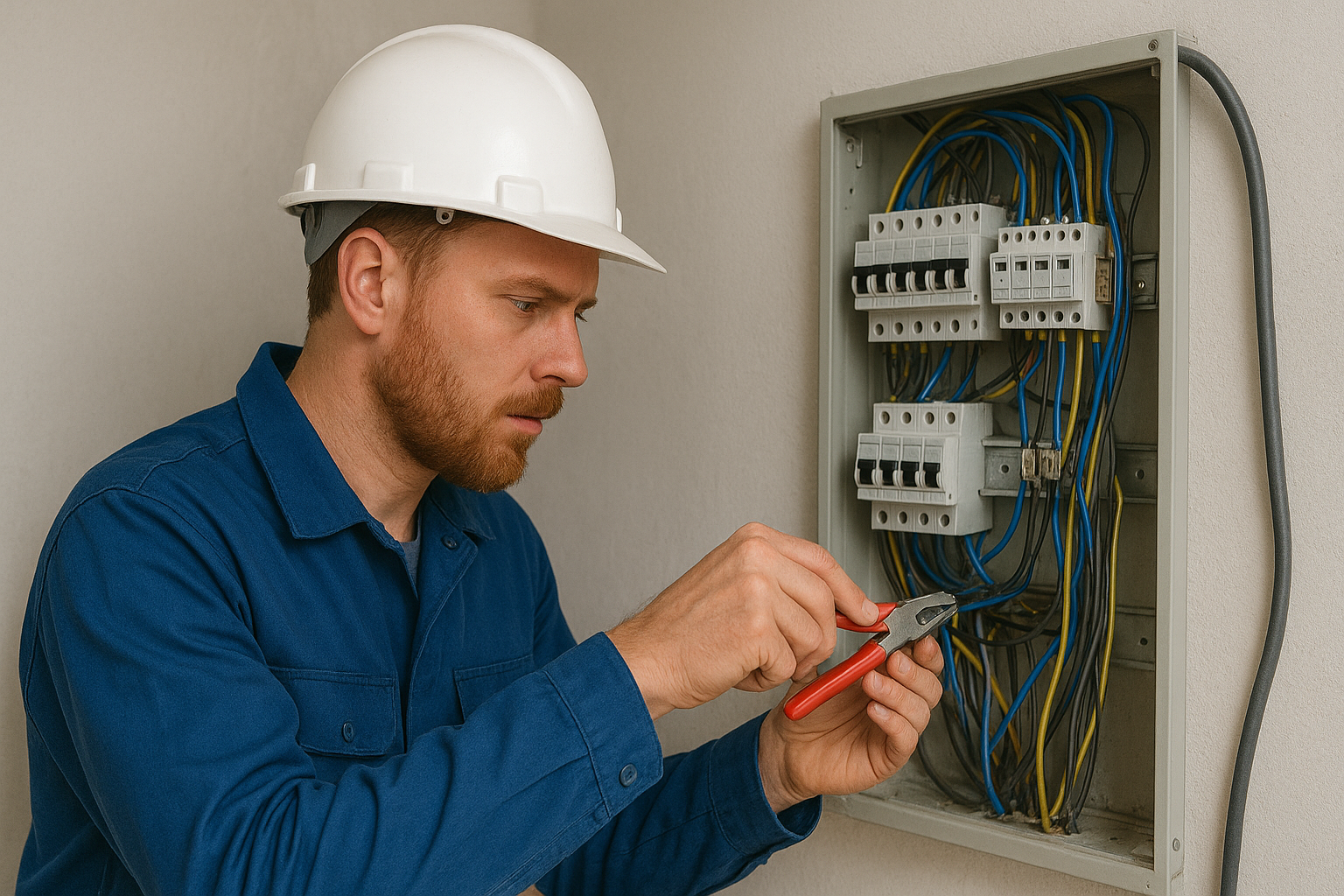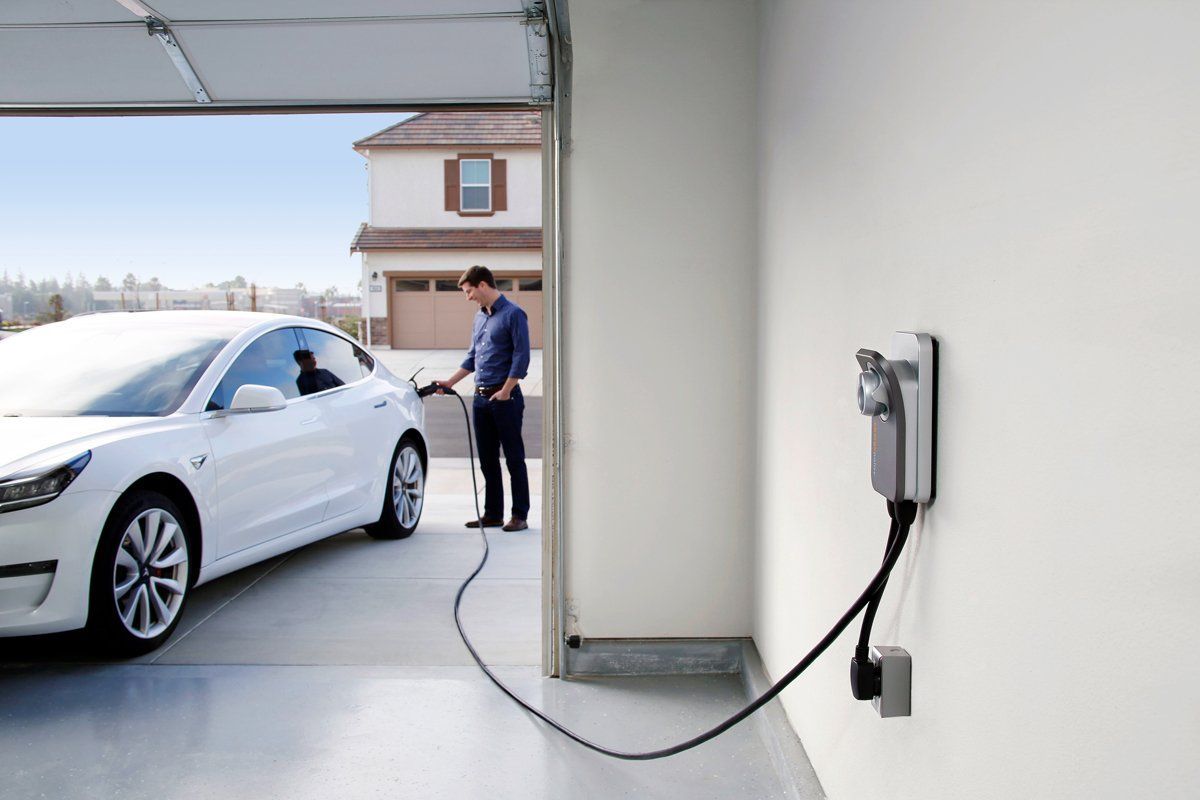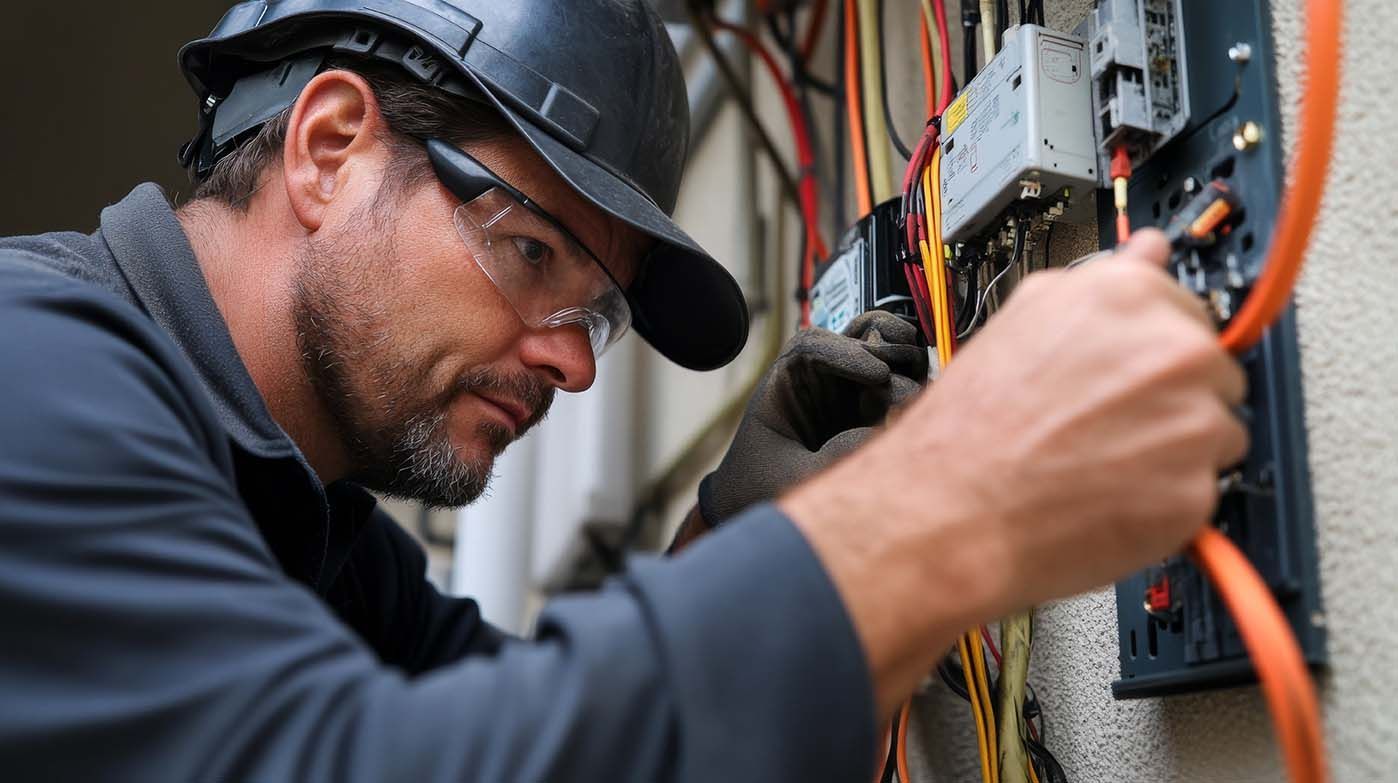Illuminate Smarter: How LED Solutions Can Save You Energy and Money
Introduction to LED Lighting Solutions
The lighting industry has undergone a major transformation over the last decade, and LED lighting is leading the way. Once considered an expensive alternative, LEDs are now one of the most cost-effective and efficient lighting options available. Whether you’re looking to brighten your home, your office, or an outdoor space, LED solutions offer unmatched energy savings and durability.
The shift from traditional incandescent bulbs to LED technology is not just a trend—it’s a smart investment. Unlike old bulbs that waste most of their energy as heat, LEDs convert almost all their power into usable light, which means more brightness for less energy.
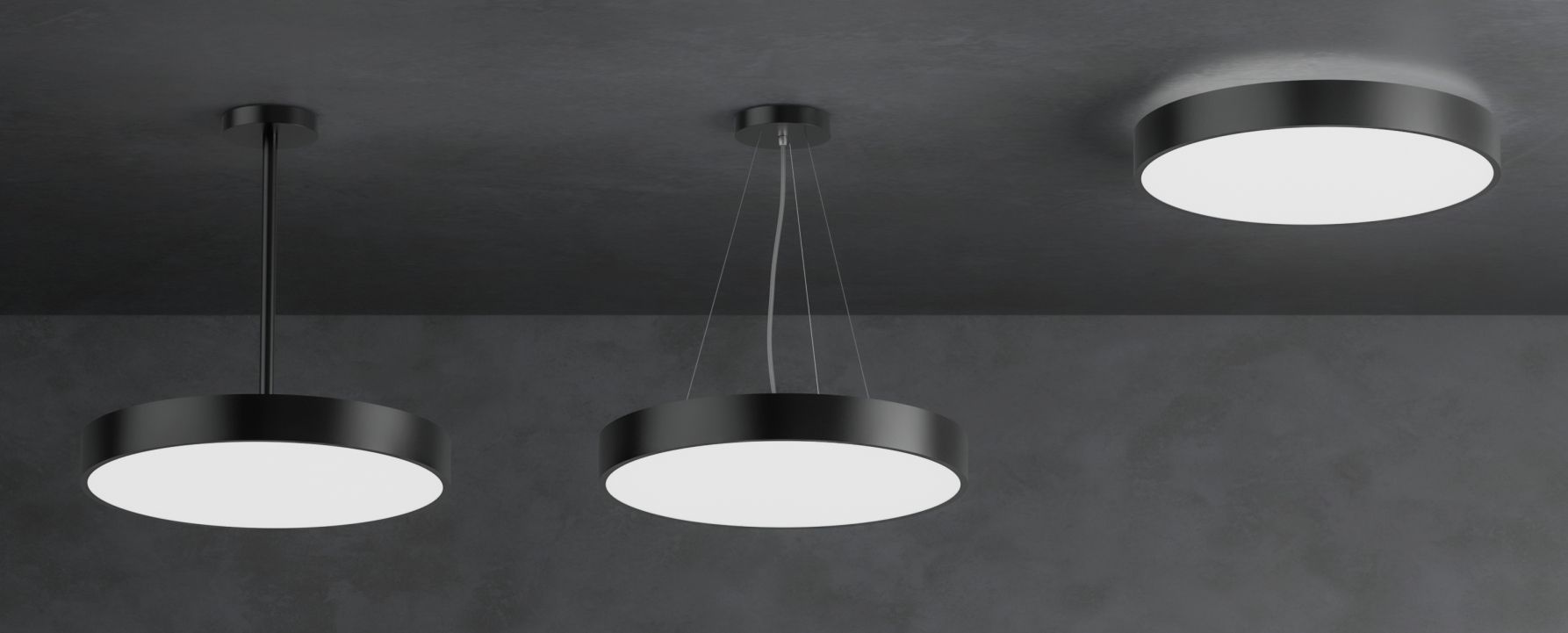
Why LED Lighting is the Future
LED lighting has become the gold standard for energy efficiency and environmental responsibility. With lower operating costs, longer lifespans, and reduced environmental impact, LEDs are the clear choice for homeowners and businesses.
One of the biggest advantages is sustainability. LEDs can last up to 25 times longer than traditional bulbs, reducing landfill waste and the demand for frequent replacements.
How LED Solutions Save Energy
The key to LED efficiency lies in understanding lumens and watts. Traditional bulbs rely on higher wattage to produce light, which wastes energy as heat. LEDs, on the other hand, deliver more lumens per watt, meaning you get brighter light with less power consumption.
For example, a 10-watt LED can produce the same brightness as a 60-watt incandescent bulb—using nearly 85% less energy. That difference directly translates into savings on your electricity bill.
The Cost Savings of Switching to LED
Switching to LEDs may require a slightly higher upfront cost, but the savings over time are substantial. With energy bills reduced by as much as 70% and maintenance costs lowered due to longer bulb lifespans, LEDs quickly pay for themselves.
Many households see a return on investment within a year, especially when replacing multiple bulbs. Businesses, particularly those with large-scale lighting needs, can save thousands annually by making the switch.
LED vs. Incandescent and CFL Bulbs
Here’s a quick comparison:
Feature LED Incandescent CFL
Energy Efficiency Very High Very Low Moderate
Lifespan 15,000–50,000 hrs 1,000 hrs 8,000 hrs
Heat Output Minimal High Moderate
Upfront Cost Higher Low Moderate
Overall Savings Excellent Poor Good
Environmental Impact of LED Lighting
LED lighting dramatically reduces greenhouse gas emissions by lowering power consumption. Because they last so much longer, fewer bulbs end up in landfills, and less energy is used in manufacturing replacements.
Smart LED Technology
Modern LED solutions aren’t just efficient—they’re smart. With app-based controls, motion sensors, and dimming capabilities, you can customize lighting to suit your needs while saving even more energy.
LED Lighting in Residential Spaces
Homeowners can use LEDs for every room in the house—kitchens, living rooms, bathrooms, and outdoor areas. The right LED fixtures can transform the ambiance of your home while keeping costs down.
LED Lighting in Commercial and Industrial Settings
For large-scale operations, LED lighting offers unmatched efficiency. From warehouses to office buildings, LEDs reduce operational costs while providing consistent, high-quality lighting. Businesses can work with professional Electrical Service providers to ensure proper installation.
Outdoor LED Applications
LEDs are perfect for security lights, landscape lighting, and streetlights. Their ability to withstand extreme weather conditions makes them a smart choice for outdoor use.
Choosing the Right LED Bulbs
When shopping for LEDs, consider:
- Color temperature (warm or cool light)
- Brightness (measured in lumens)
- Lifespan (in hours)
The Role of Electrical Services in LED Installation
While many LEDs are plug-and-play, larger projects benefit from professional installation. A licensed electrician ensures optimal wiring, safety, and energy efficiency. If you’re ready to make the switch, reach out through the Contact page to get started.
Common Myths About LED Lighting
Some believe LEDs are too expensive or that they produce harsh lighting. In reality, prices have dropped significantly, and modern LEDs offer a wide range of warm, pleasant tones.
LED Maintenance Tips
- Keep bulbs dust-free for maximum brightness.
- Avoid placing LEDs in enclosed fixtures unless rated for it.
- Use compatible dimmers to prevent flickering.
Government Incentives and Rebates
Many utility companies offer rebates for switching to LEDs. Check your local energy provider’s website for programs that can offset initial costs.
Future Innovations in LED Technology
Expect even more efficiency, smarter controls, and new designs as technology evolves. The next generation of LEDs will likely integrate with AI-driven home systems for seamless energy management.
FAQs about LED Solutions
Are LEDs worth the cost?
Yes—long-term savings and durability outweigh the initial investment.
Do LEDs work with dimmer switches?
Only if they are labeled “dimmable” and paired with a compatible dimmer.
Can LEDs be used outdoors?
Yes, but choose weather-rated models for best performance.
Do LEDs really last as long as claimed?
When used correctly, many LEDs reach their advertised lifespan.
Will LEDs reduce my energy bill?
Absolutely—most households see significant reductions within months.
Are LEDs safe for the environment?
Yes—they contain no mercury and produce less waste.
Conclusion
Making the switch to LED lighting is a smart move for your wallet, your home, and the planet. With their unmatched efficiency, longevity, and versatility, LEDs are the future of illumination. Whether you’re upgrading a few fixtures or retrofitting an entire building, LED solutions offer lasting benefits.
